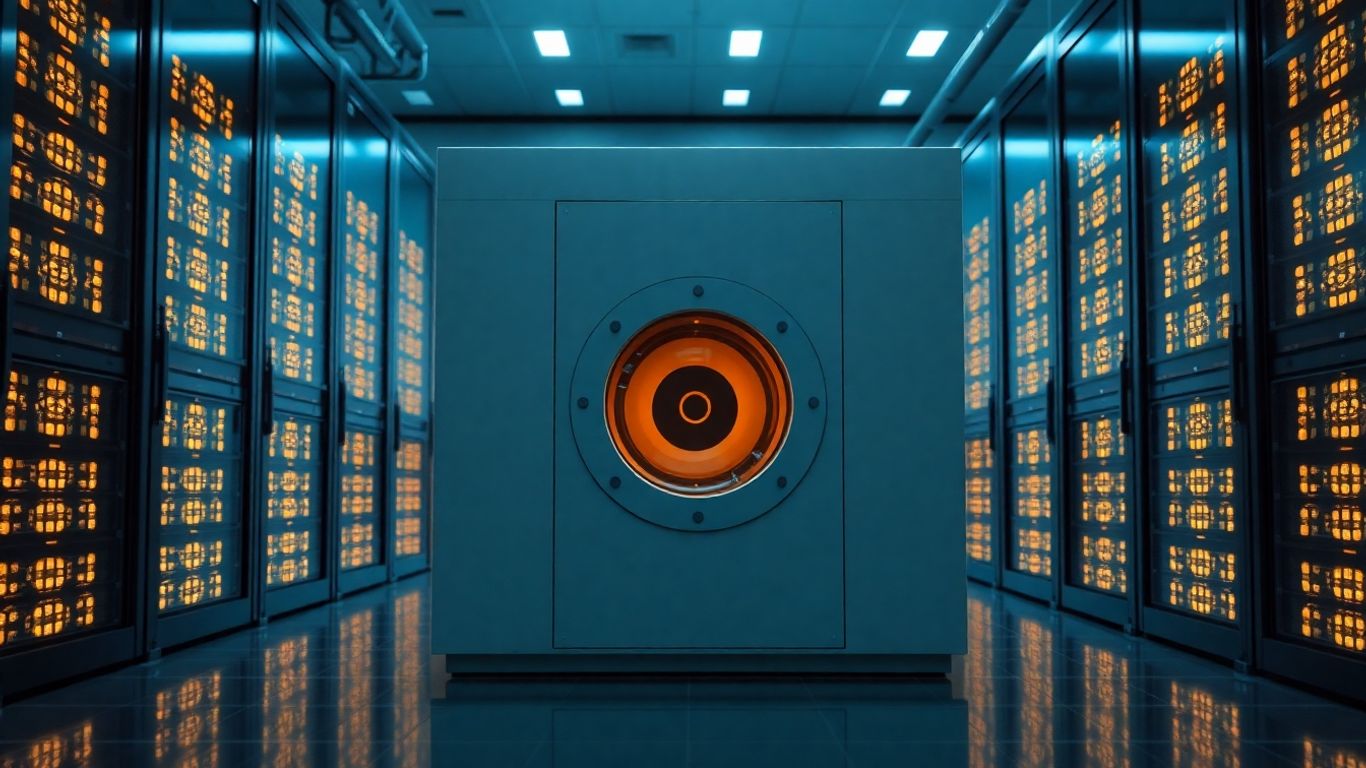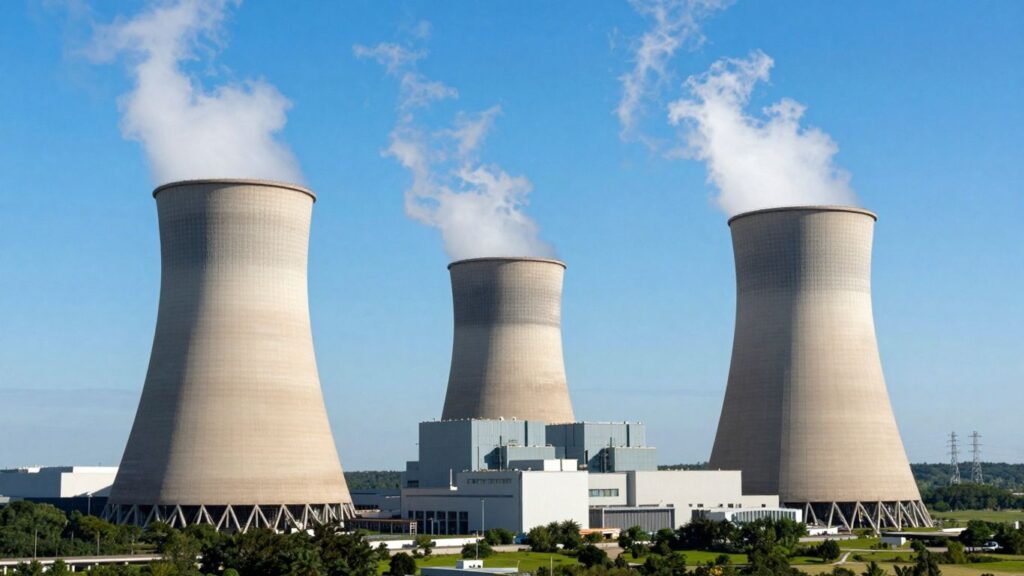A legislative push in New Jersey aims to streamline the approval process for data centers powered by small modular nuclear reactors (SMRs), reflecting a growing global trend. As artificial intelligence demands exponentially more energy, SMRs are emerging as a critical solution, prompting discussions about their role in meeting future power needs and the associated uranium supply chain.
The AI Energy Crunch
Artificial intelligence data centers consume significantly more power than traditional computing facilities, with projections indicating they could account for nearly 3% of global electricity consumption by 2030. This surge in demand is straining existing power grids and driving the search for reliable, high-capacity energy sources. Companies like Microsoft, Amazon, and Google are actively exploring SMRs to power their data centers, seeking a stable, 24/7 energy supply.
Small Modular Reactors: A Promising Solution
Small modular reactors (SMRs) offer a compelling alternative due to their smaller footprint, factory-built components, and potential for faster deployment compared to traditional nuclear power plants. They can provide between 20 to 300 megawatts of power, operate independently of the grid, and boast a low-carbon footprint. Their modular nature also makes them suitable for powering remote AI facilities.
Key advantages of SMRs include:
- Stable Power: Provide a consistent 24/7 power source essential for AI’s continuous operations.
- Reduced Footprint: Smaller size allows for easier integration and siting.
- Faster Deployment: Modular construction can lead to quicker build times.
- Low Carbon Emissions: Contribute to sustainability goals.
Legislative and Global Momentum
In New Jersey, Assemblyman Gregory Myhre is introducing a bill to expedite state approval and permitting for AI data centers utilizing onsite SMRs. This initiative aims to remove bureaucratic hurdles and make the state more competitive in attracting AI investment. Similar sentiments are echoed globally, with the UK government considering the role of SMRs in its AI expansion plans and establishing an AI Energy Council to explore innovative energy solutions.
Challenges and Considerations
Despite the promise of SMRs, several challenges remain. The supply chain for enriched uranium, particularly High Assay Low Enriched Uranium (HALEU), is limited and subject to long development timelines and regulatory oversight. Furthermore, SMR projects face potential cost overruns, licensing complexities, and the need for public acceptance. The rapid growth of AI energy demand also draws parallels to the cryptocurrency boom, highlighting the potential for government intervention if supply or regulation lags behind demand.
Uranium Market Dynamics
The increased demand for SMRs is also renewing focus on the uranium market. Constrained supply, long lead times for new mines, and regulatory hurdles contribute to tight market conditions. Investors are watching uranium developers and fuel-cycle specialists, recognizing both the opportunities and the inherent commodity price volatility.
The Path Forward
As AI continues its rapid expansion, the synergy between AI data centers and SMR technology is becoming increasingly evident. While challenges in deployment, regulation, and supply chains persist, the drive for reliable, clean energy solutions is propelling SMRs to the forefront of discussions about powering the future of artificial intelligence.
Sources
- Bill Seeks Expedited Permitting for SMR-Powered AI Centers, New Jersey Business & Industry Association.
- AI growth sparks renewed focus on SMRs and uranium | 2025-09-12 | Investing News, Stockhouse.
- Can small modular reactors meet AI’s energy demands?, PreScouter.
- UK government considering role for SMRs in AI expansion, World Nuclear News.












